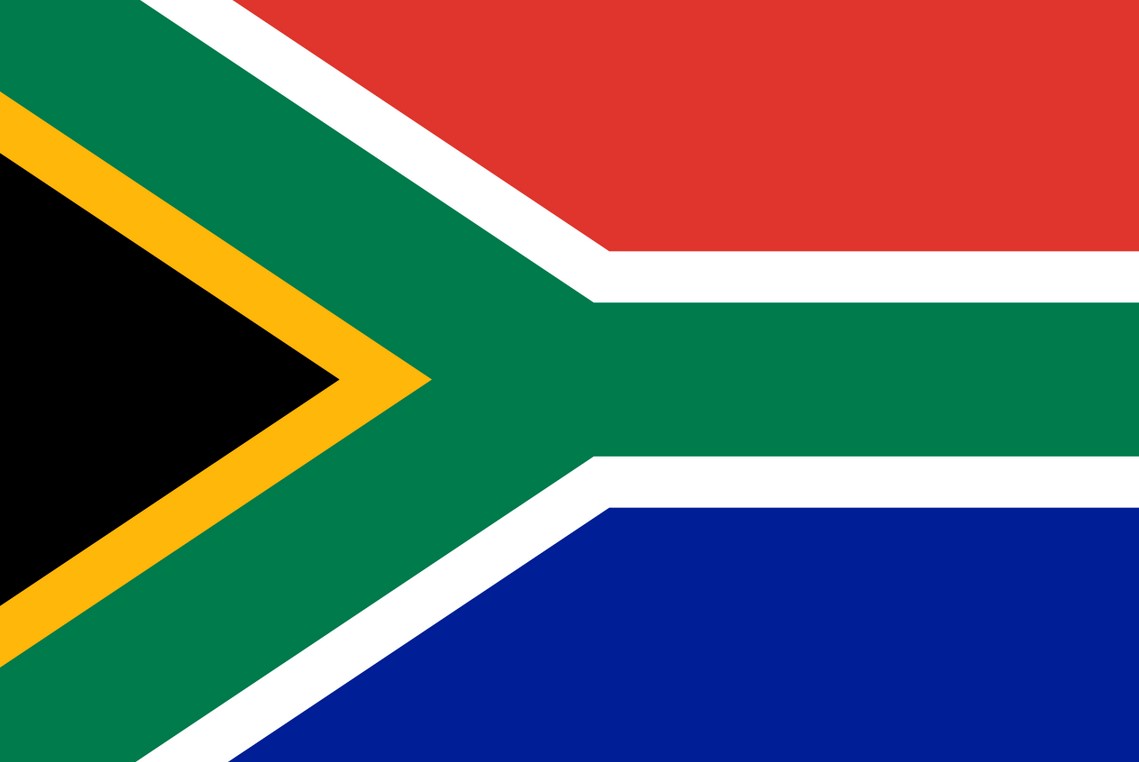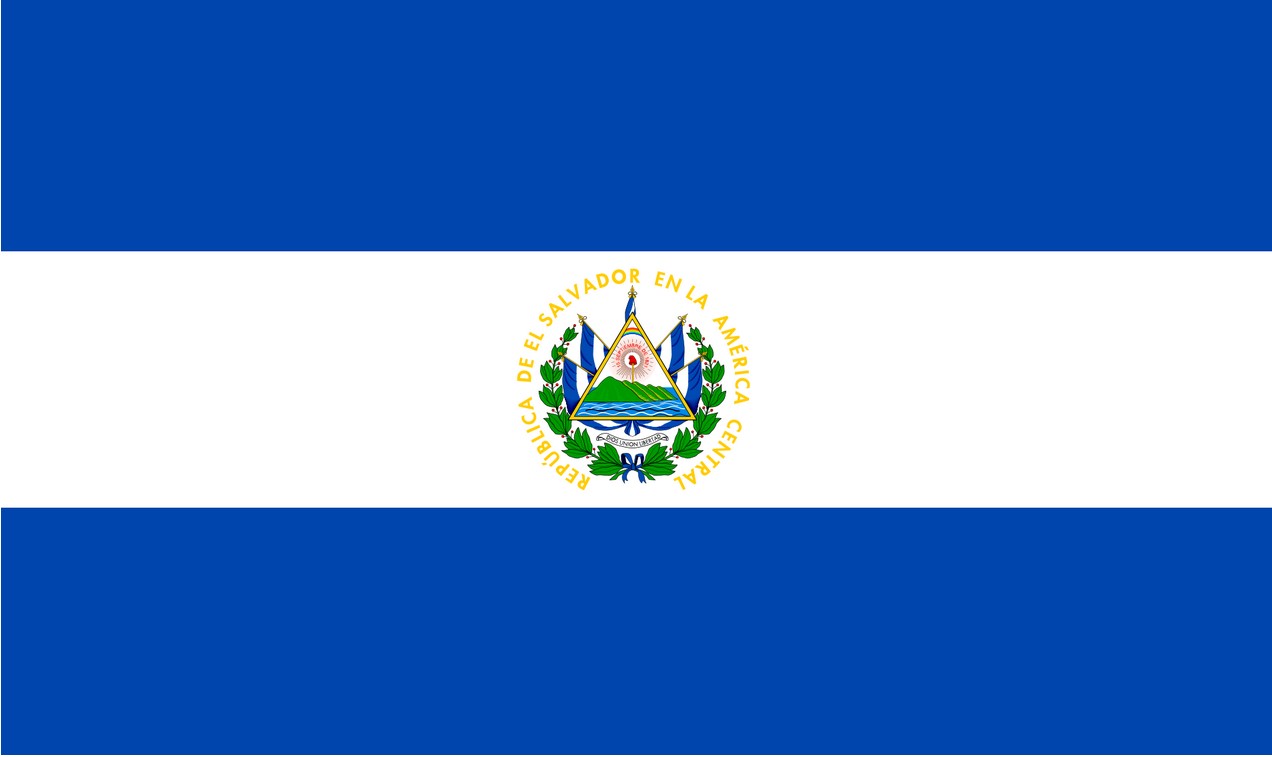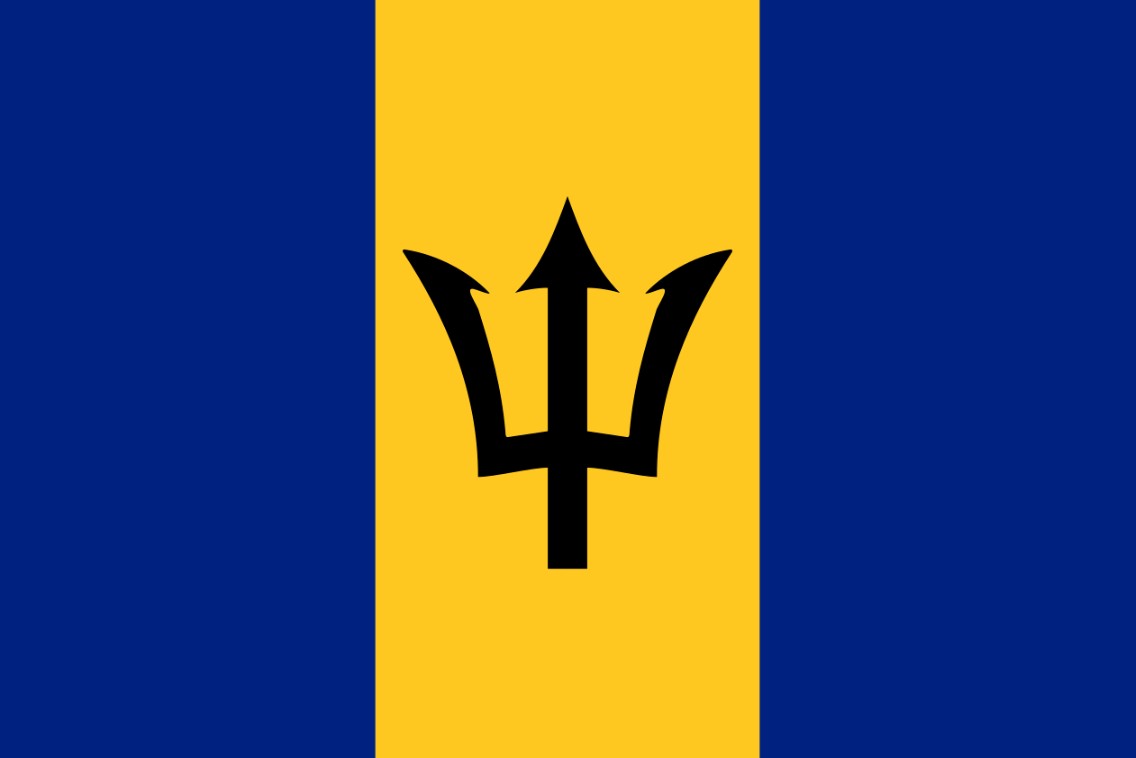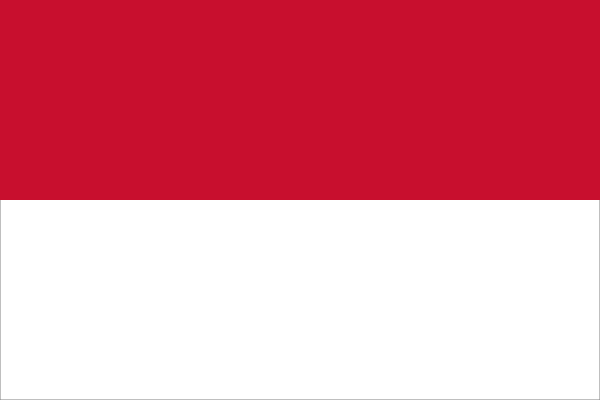The International Weather-Ready Nations (WRNs) program focuses on strengthening capacity at in-country National Meteorological and Hydrological Services (NMHS) and National Disaster Management Agencies (NDMAs). Specifically, the goal is to aid in improved use of weather and climate information to save lives, reduce human suffering and lessen economic impacts of hydrometeorological hazards. Many countries are moving towards an Impact-based Forecast and Warning Services approach that translates meteorological and hydrological hazards into sector and location-specific impacts and the development of responses to mitigate those impacts.
Recognizing the transformative role of impact-based forecasting in disaster risk reduction, the NMHSs and NDMAs of Barbados, South Africa, El Salvador, Costa Rica, Guatemala, and Indonesia are currently in the process of implementing a Weather Ready Nations (WRNs) approach to building weather, water and climate-resilient countries.
Specifically, the goals of the Weather-Ready Nations program include production of local-scale, relevant, impact-based forecasts that can be made into accurate, timely and easily understandable weather and climate information services which can, in turn, be easily integrated into decision-making processes. This is achieved through a four phase approach that defines the What, Where, When and Early Actions that relates to the specific hazard and includes the information in the forecast and messaging.
Close operational cooperation among the NMHSs, NDMAs and other-sector stakeholder agencies, for example agriculture, energy, transportation, health and water resources, is essential for the Weather-Ready Nations to be successful. This requires a high-level commitment from the agencies to work closely together to share data, information, expertise and responsibility. It also requires the development of operational implementation plans by each of the collaborating agencies with some planned overlap to guide and enable fruitful collaboration.
Currently, the U.S. National Weather Service-International Affairs Office and the U.S. Agency for International Development/Office of U.S. Foreign Disaster Assistance, are implementing a program modeled after U.S. WRN to develop Weather Ready Nations (WRNs) projects in:
 Republic of South Africa:
Republic of South Africa:
South African Weather Service (SAWS)
National Disaster Management Centre (NDMC)
Commenced: May, 2017
Completed: May 2019
 El Salvador:
El Salvador:
Ministry of Environment and Natural Resources (MARN)
General Directorate for Civil Protection (DGPC)
Commenced: June, 2017
Operational: May 2019
 Costa Rica:
Costa Rica:
National Meteorological Institute (IMN)
National Commission of Emergencies (CNE)
Commenced: December, 2017
Ongoing
 Barbados:
Barbados:
Barbados Meteorological Service (BMS)
Department of Emergency Management (DEM)
Caribbean Disaster Emergency Management Agency (CDEMA)
Commenced: February, 2017
Ongoing
 Guatemala:
Guatemala:
National Institute for Seismology, Volcanology, Meteorology and Hydrology (INSIVUMEH)
National Coordinator for Disaster Reduction (CONRED)
Commenced: December, 2017
Operational: May, 2019
 Indonesia:
Indonesia:
Indonesian Agency for Meteorology, Climatology and Geophysics (BMKG)
Indonesian National Board for Disaster Management (BNPB)
Commenced: February, 2018
Ongoing
 What is the origin of Weather Ready Nations (WRNs)?
What is the origin of Weather Ready Nations (WRNs)?
In 2011, the United States (U.S.) National Weather Service (NWS) embarked on a strategic vision to build a Weather-Ready Nation (WRN) that is ready, responsive and resilient to hydrometeorological extremes by providing forecasts in a way to support emergency managers, first responders, governments, businesses and the public to make timely and smart decisions to save lives and property and enhance livelihoods.
Building on experiences gained from NWS and World Meteorological Organization (WMO) Guidelines on Multi-hazard Impact-based Forecast and Warning Services (WMO no1150), participating NMHSs began implementation of WRNs to advance capacity on impact based forecasting (IBF).
The IBF aims to strengthen the capacity of NMHSs on impact based forecasting and warning, advance collaboration between NMHS and NDMAs and users, improve delivery of forecasts and warnings for early action to early warnings.
For more background information on Weather-Ready Nations, go to:
WMO Bulletin Vol 63 (2) 2014. Building a Weather-Ready Nation.
United Nations, 2015. Sendai Framework for Disaster Risk Reduction 2015-2030.
WMO Bulletin Vol 67 (2) 2018. Impact-Based Forecasting and Warning: Weather Ready Nations.
For inquiries, please email us at wrn.feedback@noaa.gov
Weather-Ready Nations is a collaboration between NOAA and the U.S. Agency for International Development.



